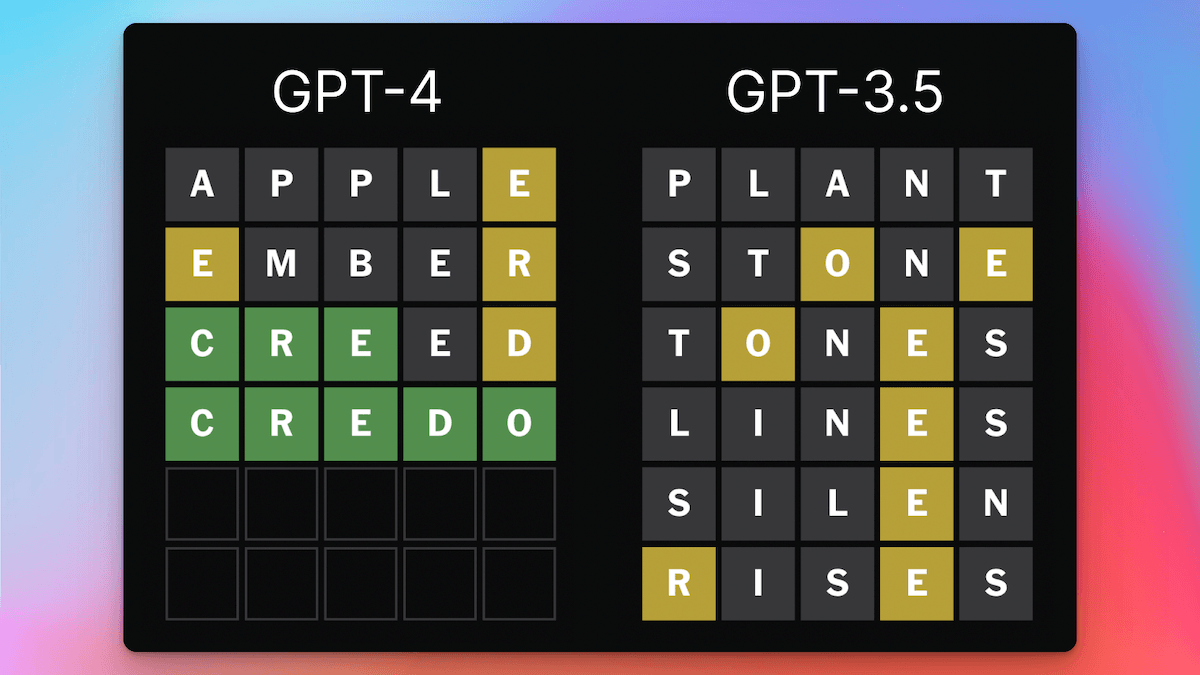Domain-Driven Design helps us write complex software.
At the heart of it lies the *domain model*, which is a conceptual model that incorporates both behavior and data.
Sounds complicated?
Let's explain with an example. 🧵
At the heart of it lies the *domain model*, which is a conceptual model that incorporates both behavior and data.
Sounds complicated?
Let's explain with an example. 🧵

Suppose we want to build an eCommerce app.
To better understand this domain, we need to figure out:
- the entities we care about and their relationships
- the behaviour (or business logic) for manipulating them
The end result may look like this:
To better understand this domain, we need to figure out:
- the entities we care about and their relationships
- the behaviour (or business logic) for manipulating them
The end result may look like this:

In Dart, we can represent each entity as a simple model class.
As we define this, it helps to think about all the properties that we need to show in the UI:
As we define this, it helps to think about all the properties that we need to show in the UI:

In some cases we need both a model class and the logic for manipulating it.
For example, here's how we may define a shopping cart class along with some methods for mutating its items:
For example, here's how we may define a shopping cart class along with some methods for mutating its items:

Note how the Cart class and MutableCart extension don't have dependencies to any objects that live outside the domain layer.
This makes them very easy to test:
This makes them very easy to test:

Eric Evans has written an ENTIRE book about Domain-Driven Design, and it's well worth a read if you want to expand your skills as an application developer.
But here's a short summary that may help you take the first steps in this complex field:
But here's a short summary that may help you take the first steps in this complex field:

Did you find this useful or have feedback to share? Let me know in the comments. 👇
And for more Flutter (and app development) tips, just follow me: @biz84
Happy coding!
And for more Flutter (and app development) tips, just follow me: @biz84
Happy coding!
• • •
Missing some Tweet in this thread? You can try to
force a refresh















